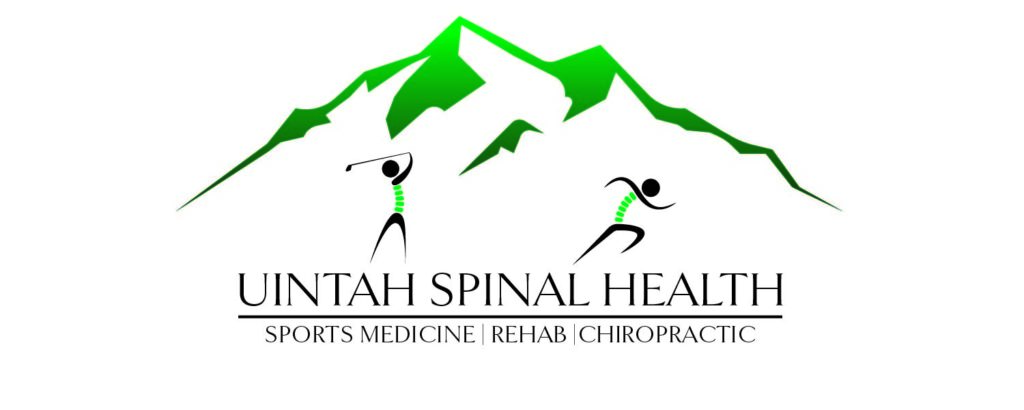Hey Golfers, Low Back pain is the most common reported injuries ammon amature and professional golfers. Golf has had a rap of being a “non-athletic” sport, because it’s slow, all you do is walk (not even walk if you’re a cart rider) and swing a club more than a few times. If you look at the mechanics of the golf swing, the bent forward posture added with the violent twisting motion, at that split second you are moving faster than many other athletic events. With all that force the Golf swing is one of the fastest, most ballistic and violent athletic movement in any sport. So just the fact the you play golf, you are putting your low back at risk of injury. So the big question that you should have is “How do I protect my back during my golf swing?” and NO the answer ISN’T build a stronger core with more sit-ups, crunches and leg lifts, I know you were thinking it.
Let’s look at it this way; when you have an injured low back, your low back pain is the source of pain, not the cause of pain. Let’s say that again, your low back pain is the source of pain, not the cause of pain. When there is a fire in your house the fire alarm goes off. The fire alarm would be the SOURCE of alarm not the CAUSE of it right? If you take the batteries out of the fire alarm or unplug it, the alarm would stop but does that correct the problem? Taking the batteries out would be like just focusing on your low back for treatment, or worse just taking some advil or tylenol to mask the pain. It turns off the alarm but it doesn’t correct the main problem or put out the fire. If you left the fire fester longer eventually you’ll have a burned down house, or injure your back bad enough to never play golf again and we know no one wants that.
So what is the cause of pain in low back injuries? No that is the right question to ask, “why is my low back getting injured?” If you recall the last article I wrote about the joint-by-joint approach, (if not, click on this link Joint-by-joint and go back and refresh your memory on it) your low back is build to be a stable region of your body, and your hips and upper back are build to a mobile regions. This is very crucial in the golf swing. Your low back is built primarily to go in one direction; bend forwards and backwards not rotate. Your hips and upper back ar built to move in all directions, forwards, backwards, right, left and rotate. Now in the golf swing there is a lot of rotation, that is the primary movement that you use to swing the club and drill that ball. So what happens when you lose that rotation in your hips and/or your upper back? You line up to drill that ball 350 yard, but your brain know that you don’t have the rotation you need in your hips and upper back so it compensates and tries to make up for the lack of rotation by rotating more in your low back. (By the way your brain and body are masters at compensations. If pathway “A” is too tough it will detour and go down pathway “B” without giving it a second thought and you won’t even know about it.)
Now the question become “How do I know if I have enough rotation?”, “How did my hips and upper back become so tight?” and “How do I fix my tightness?” With the Titleist Performance Institute (TPI) research, we want to see 50 degrees of upper back rotation and 60 degrees of hip rotation. With my TPI training we can test your rotation efficiency and know if you need more or you are good to go. How you lose the mobility in those regions is most likely due to all the sitting done at a desk job, watching movies, searching your phone or computer or even sitting in the lost classes if you’re a student. That, on top of, lack of stretching and exercise is the recipe for tight hips and upper back. How do you fix it? First you have to understand in which direction you are tight in and what is causing it. You might be tight from tight muscles surrounding the region or from the joint itself. Get properly evaluated to know your specific needs, if not then you’ll just be guessing. So, here is what you need to do, schedule a time to get evaluated for your golf specific needs by a certified TPI provider.
In the next coming weeks I’ll give you more details of what you can do for each region, so look for those articles.
